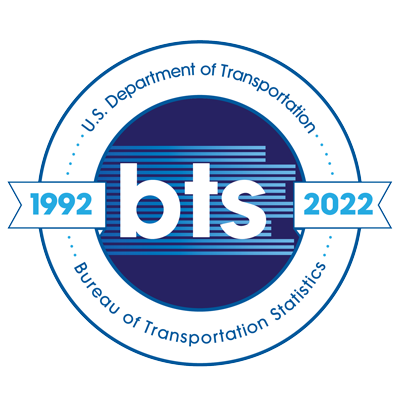Geographic analysis of autism rates in Missouri school districts: Understanding autism rates amongst vulnerable populations
Topics:
Keywords: autism, health geography, vulnerable populations, disability geographies
Abstract Type: Paper Abstract
Authors:
Aída Rosalia Guhlincozzi, University of Missouri
Alexandra James, University of Missouri
Sophia Greer, University of Missouri
Mark Palmer, University of Missouri
Aaron Brown, University of Missouri
Kristin Sohl, University of Missouri
Claire McMahon, University of Missouri
,
,
,
Abstract
About 1 in 44 children have been identified with autism spectrum disorder (ASD), yet little is known about the geographic distribution of children with autism. Geographic distribution knowledge is crucial in improving support services for children with ASD and their families and providing appropriate care. This analysis uses statewide data from the Missouri Department of Education and Secondary Education to explore the geographic distribution of students with ASD as recorded in the 2020 school year at the school district level and analyzes patterns of geographic distribution in relation to other vulnerable student populations in the United States including minoritized groups and those in districts receiving higher rates of free and reduced lunch. Cluster analysis was run in ArcGIS Pro using Local Anselin Cluster Analysis of the z-scores with a 40-mile distance band. OLS analysis of school district population data was run as well. This paper finds that there are statistical relations in certain counties and regions amongst children with ASD, children who receive free or reduced lunch at school, Black children, and children learning English (ELL). By examining the geographical distribution of children with ASD in Missouri and analyzing for deviations from expected rates, we can start to characterize geographical vulnerability and potential areas of underdiagnoses. In addition, we can identify racial minority groups and districts receiving higher rates of free and reduced lunch and examine correlations between the autism rates in these districts. Broader connections to disability geographies are made in conclusion.
Geographic analysis of autism rates in Missouri school districts: Understanding autism rates amongst vulnerable populations
Category
Paper Abstract








